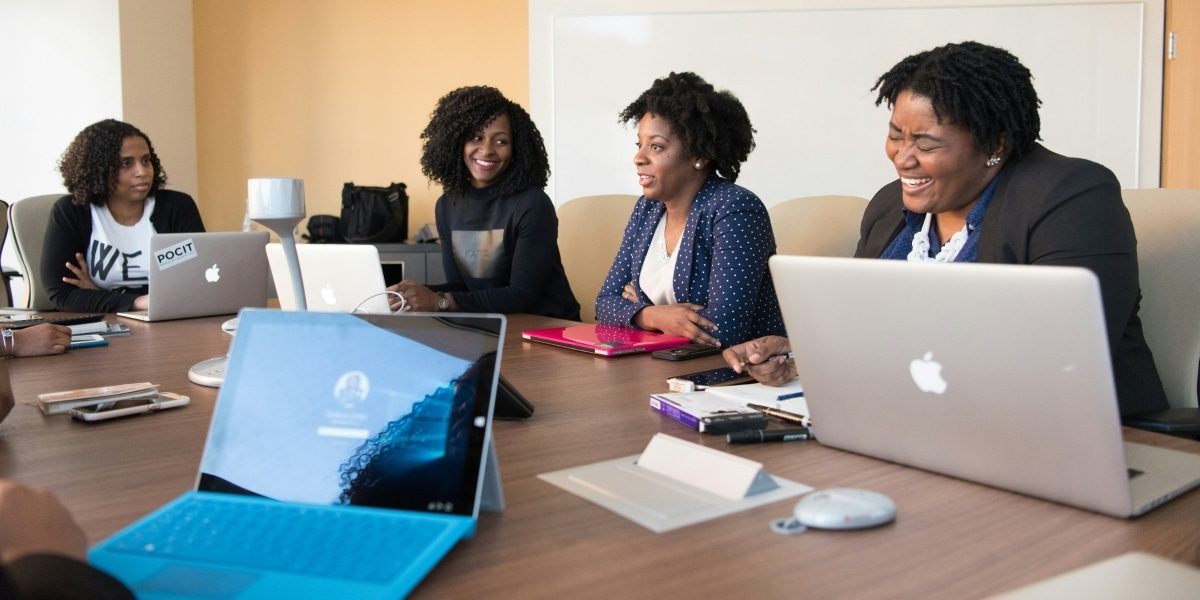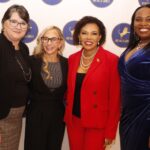By: Dr. Tamara “Tami” Patzer
You’re scrolling through LinkedIn and see a colleague featured on a premier podcast advising thousands of listeners. Another peer published an opinion piece in a major outlet, sharing insights from their field. Their visibility is growing. Their credibility is skyrocketing. And you’re left wondering: Why am I not doing that?
Not a lack of opportunity holds them back for many professionals—it’s the internal barriers. Fear, misconceptions, and self-doubt often stop even the most accomplished individuals from leveraging media to grow personally and professionally. Let’s explore the hidden reasons behind this hesitation and how breaking through these barriers can transform your career.
1. “I’m Not an Expert.”
One common misconception is the belief that you must know everything to be qualified for media appearances. Many professionals think, What if they ask something I can’t answer?
The Truth:
You don’t need to have all the answers. Media is about sharing your unique perspective and expertise. Your lived experiences are what set you apart and make your voice valuable.
Example:
Lauren, a real estate developer, turned down multiple podcast invitations because she didn’t think she had “big enough” success to share. But when she finally accepted, focusing on her niche expertise in sustainable design, her relatable advice resonated deeply with the audience. That appearance led to a partnership with a major developer who valued her innovative ideas.
Takeaway:
You don’t need to be a world-renowned authority. Share what you know best, and let your perspective shine.
2. “I’m Not Comfortable Speaking.”
Public speaking anxiety holds many back. Whether it’s the fear of stumbling, forgetting key points, or appearing awkward, it’s easy to avoid media entirely.
The Truth:
Speaking is a skill, not an innate talent. Even the most seasoned professionals started somewhere.
Example:
A tech startup founder, Omar struggled with stage fright and avoided panels and interviews. After preparing with mock interviews and role-playing tough questions, he grew confident in his communication skills. His first live panel at a tech conference earned him accolades for his clarity and vision, positioning his company as an industry leader.
Takeaway:
Confidence comes with preparation. Practice turns fear into mastery.
3. “The Media Will Twist My Words.”
Concerns about misquoted or misrepresented are common, especially for professionals handling sensitive topics.
The Truth:
While it’s true that media can spin stories, clear and consistent communication significantly reduces the risk. When you learn to control your narrative, your message remains intact.
Example:
Sophia, a financial analyst, hesitated to comment on market trends in interviews, fearing her statements might be taken out of context. By focusing on unambiguous, concise language, she became a trusted voice for financial media outlets, enhancing her credibility and gaining a steady stream of high-profile opportunities.
Takeaway:
Preparation is your shield. Learning to “speak so you can’t be edited” aligns your narrative with your intent.
4. “I’ll Freeze Under Pressure.”
Many professionals avoid media because they fear they’ll blank out or stumble during high-pressure moments.
The Truth:
Freezing is a sign of being unprepared, not incapable. With the right strategies, you can easily handle even the most challenging interviews.
Example:
When asked about a recent legal development, Sandra, a lawyer specializing in intellectual property, froze during her first live webinar. After working with a media coach to develop structured talking points and pivoting techniques, she confidently handled her next webinar, leading to a significant corporate client signing on for her services.
Takeaway:
Repetition builds readiness. Practice challenging scenarios until they feel second nature.
5. “I Don’t Look or Sound Right for Media.”
Self-consciousness about appearance or voice stops many professionals from entering the media spotlight.
The Truth:
Audiences connect with authenticity, not perfection. Your unique qualities often make you more relatable and memorable.
Example:
Jill, a health coach, avoided video interviews because she thought her Midwest accent sounded unprofessional. Media training helped her embrace her natural tone and focus on her message. Her first live-streamed interview attracted thousands of views, and her coaching business saw a significant boost.
Takeaway:
Your voice matters, just as it is. Audiences value genuine connection over polish.
6. “Media Is Only for Big Names and Celebrities.”
Many professionals believe media opportunities are reserved for bestselling authors, CEOs of Fortune 500 companies, or famous thought leaders.
The Truth:
The media thrives on diverse voices. There are platforms and audiences for every niche and perspective.
Example:
David, an accountant specializing in small business tax planning, pitched himself to a local podcast. His practical advice on maximizing tax deductions resonated with listeners, leading to multiple client inquiries and referrals.
Takeaway:
Don’t wait to be “big enough.” There’s a platform out there looking for exactly your expertise.
7. “I Don’t Have Time for Media.”
Busy professionals often feel unable to add media appearances to their already-packed schedules.
The Truth:
A single well-placed media opportunity can yield exponential returns, far outweighing the time investment.
Example:
Eric, a product design consultant, initially declined a podcast interview due to time constraints. After just one appearance, he gained two major clients and an invitation to speak at a global design conference.
Takeaway:
Media doesn’t have to dominate your schedule. Start with one opportunity and measure its impact.
What You’re Missing by Avoiding Media
The cost of avoiding media is often invisible but significant. Media appearances build:
- Credibility: Positioning you as a thought leader in your field.
- Connections: Introducing you to new audiences, collaborators, and clients.
- Confidence: Improving your ability to communicate effectively in all career areas.
Breaking through the barriers that hold you back opens doors to growth, visibility, and lasting impact.
About Dr. Tamara “Tami” Patzer
Dr. Tamara “Tami” Patzer pioneered in marketing, media innovation, and thought leadership. With more than 40 years of experience, she has helped countless professionals amplify their voices and grow their influence.
Tami has delivered impactful presentations at the Harvard Faculty Club, Nasdaq in Times Square, and Coca-Cola in Atlanta. Her insights have been featured on NBC, CBS, CW, and ABC, where she shares actionable strategies for navigating media and building credibility.
As the creator of the CARE Framework (Credibility, Authority, Reach, Engagement), Tami has empowered thought leaders to achieve exponential growth in their visibility and influence. She aims to help professionals turn media opportunities into platforms for authentic connection and meaningful impact.
📩 Email: TamaraPatzer@gmail.com
📱 Text: 941-421-6563
📅 Schedule a Consultation: https://TamiPatzer.as.me/GetMedia
Published by Mark V.



















